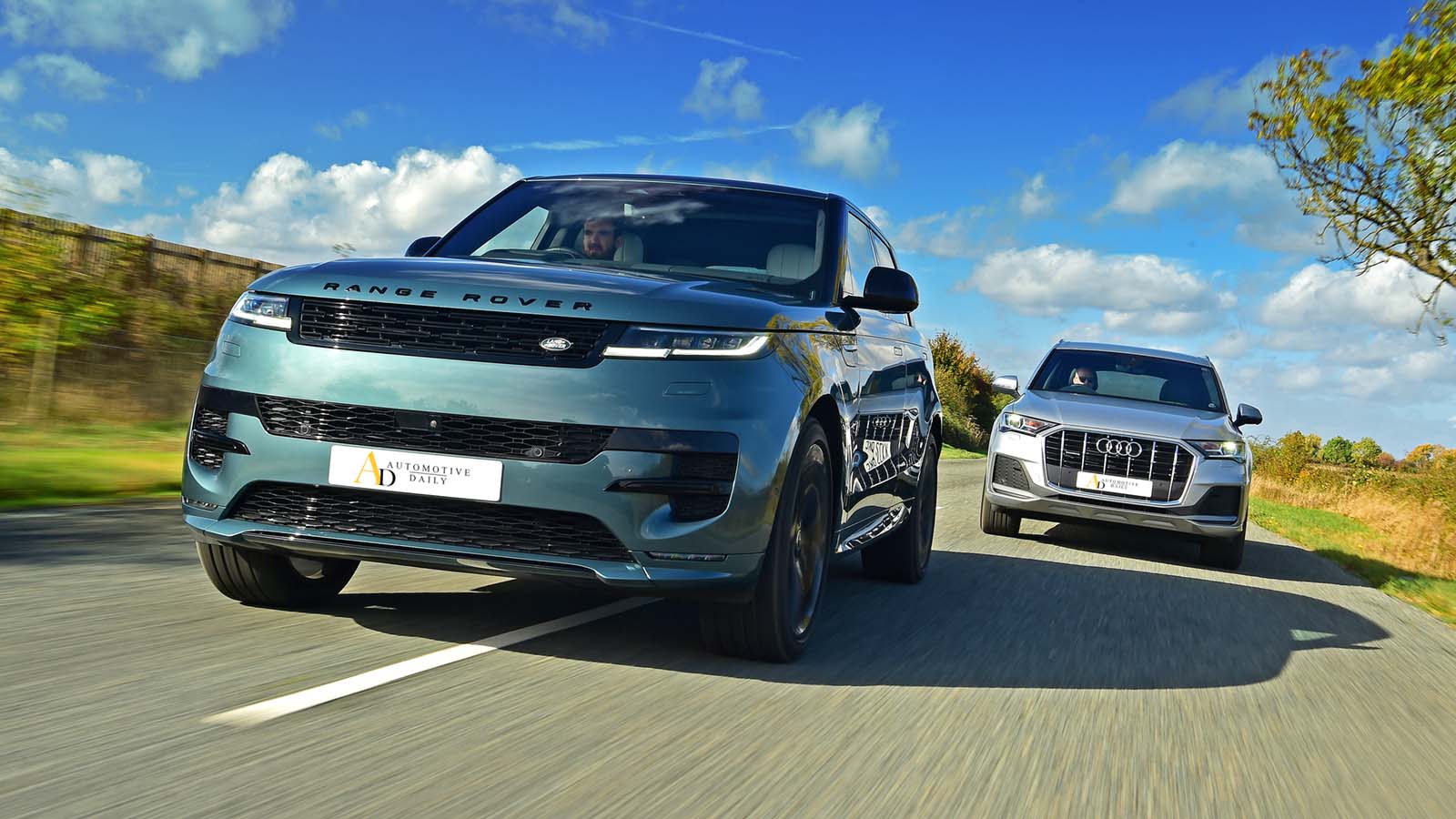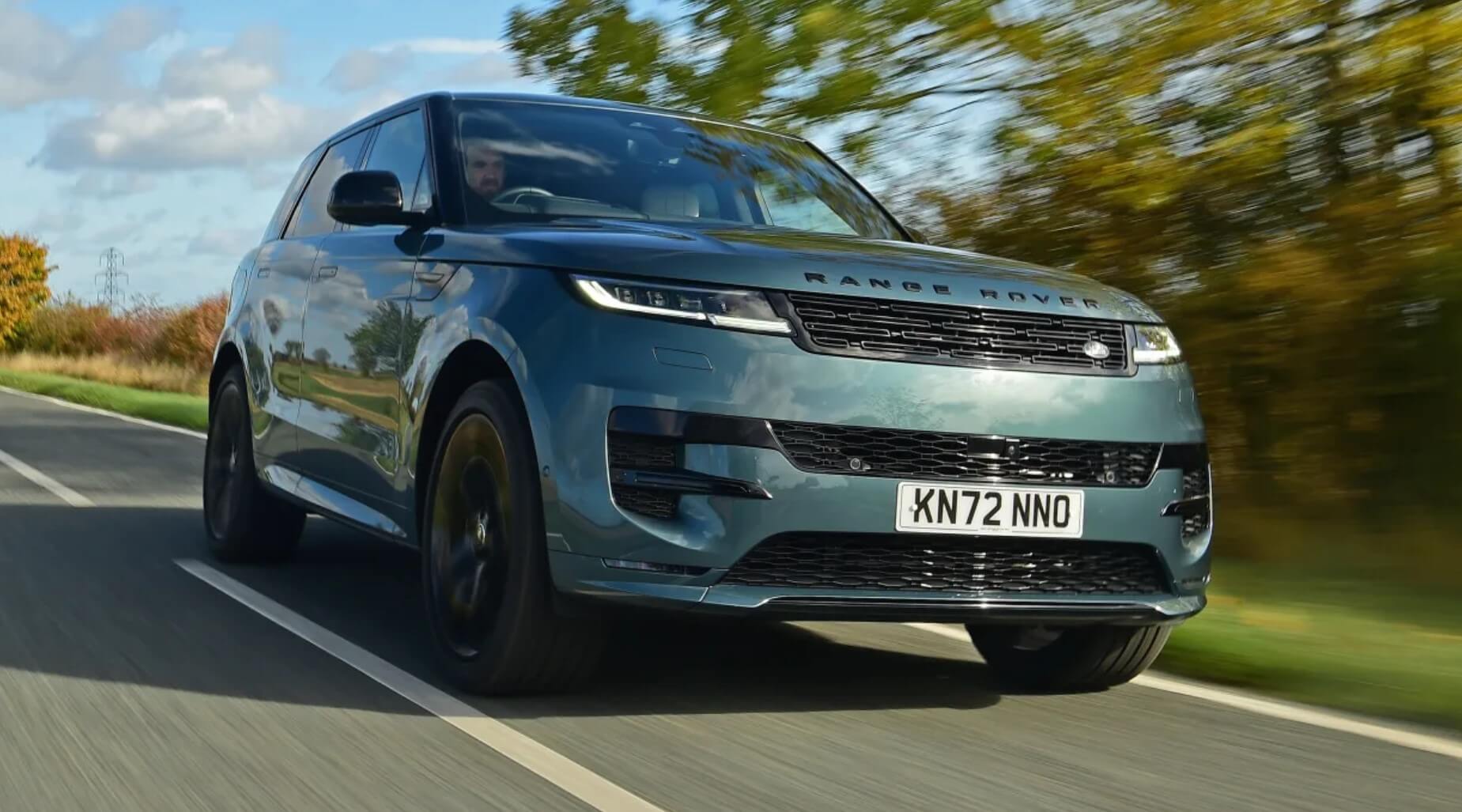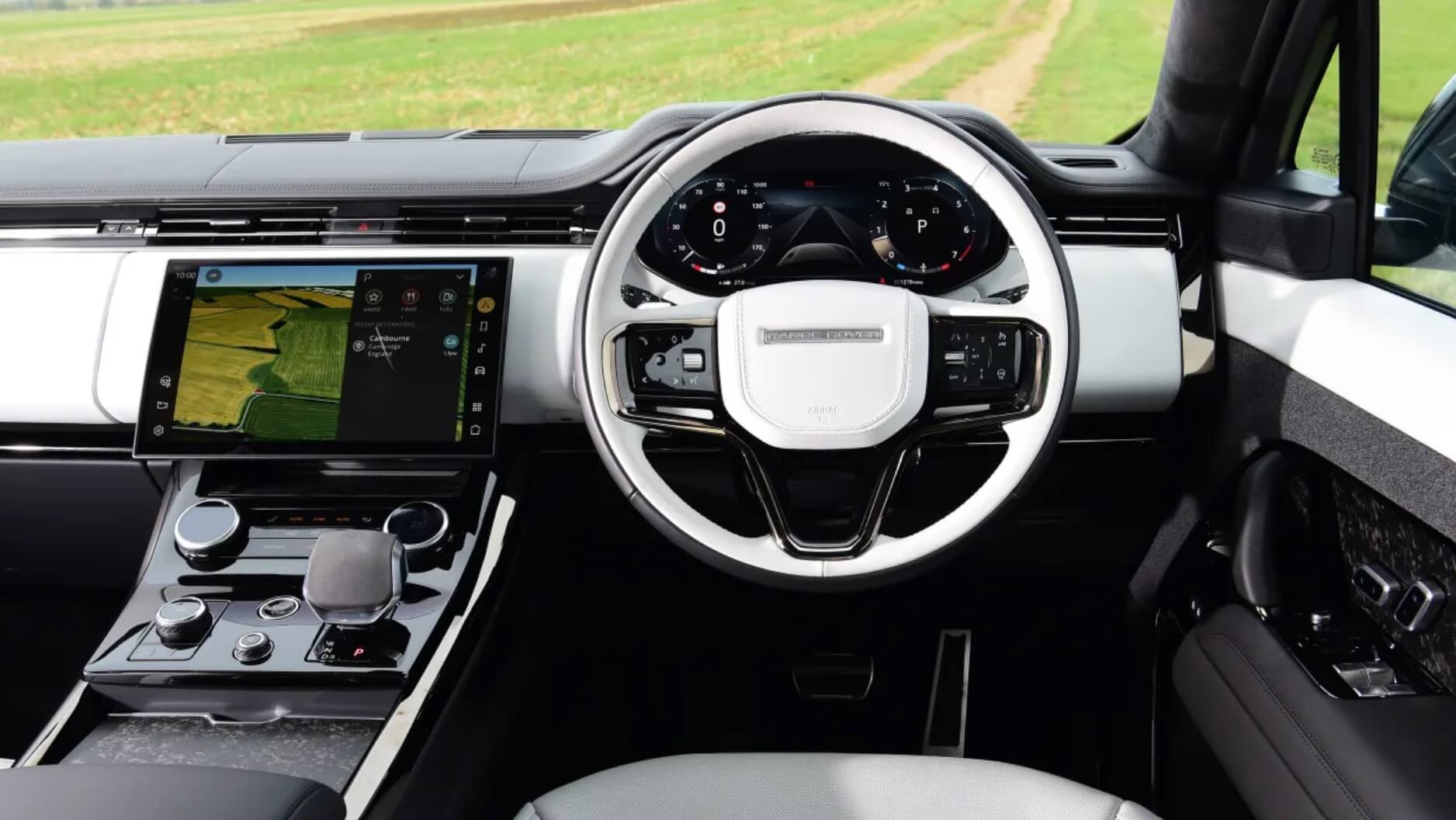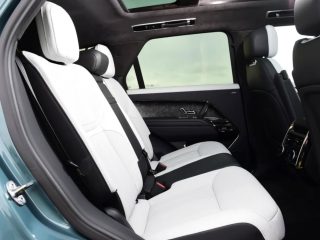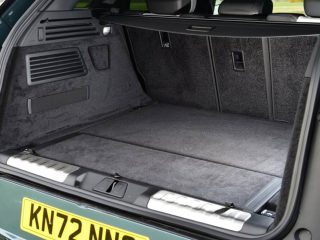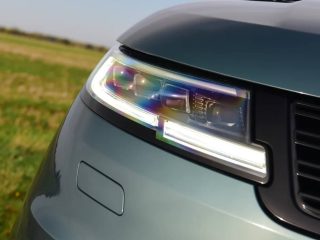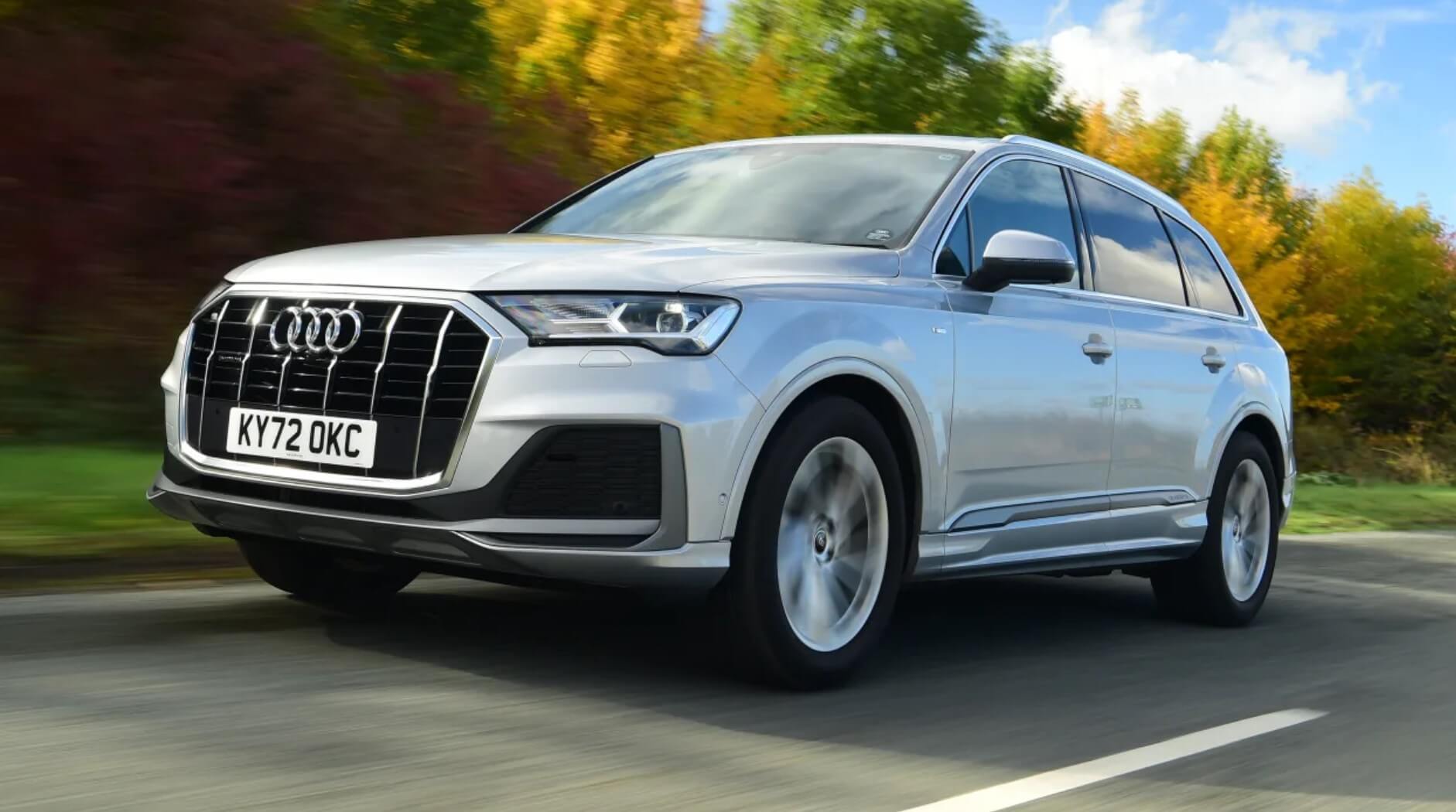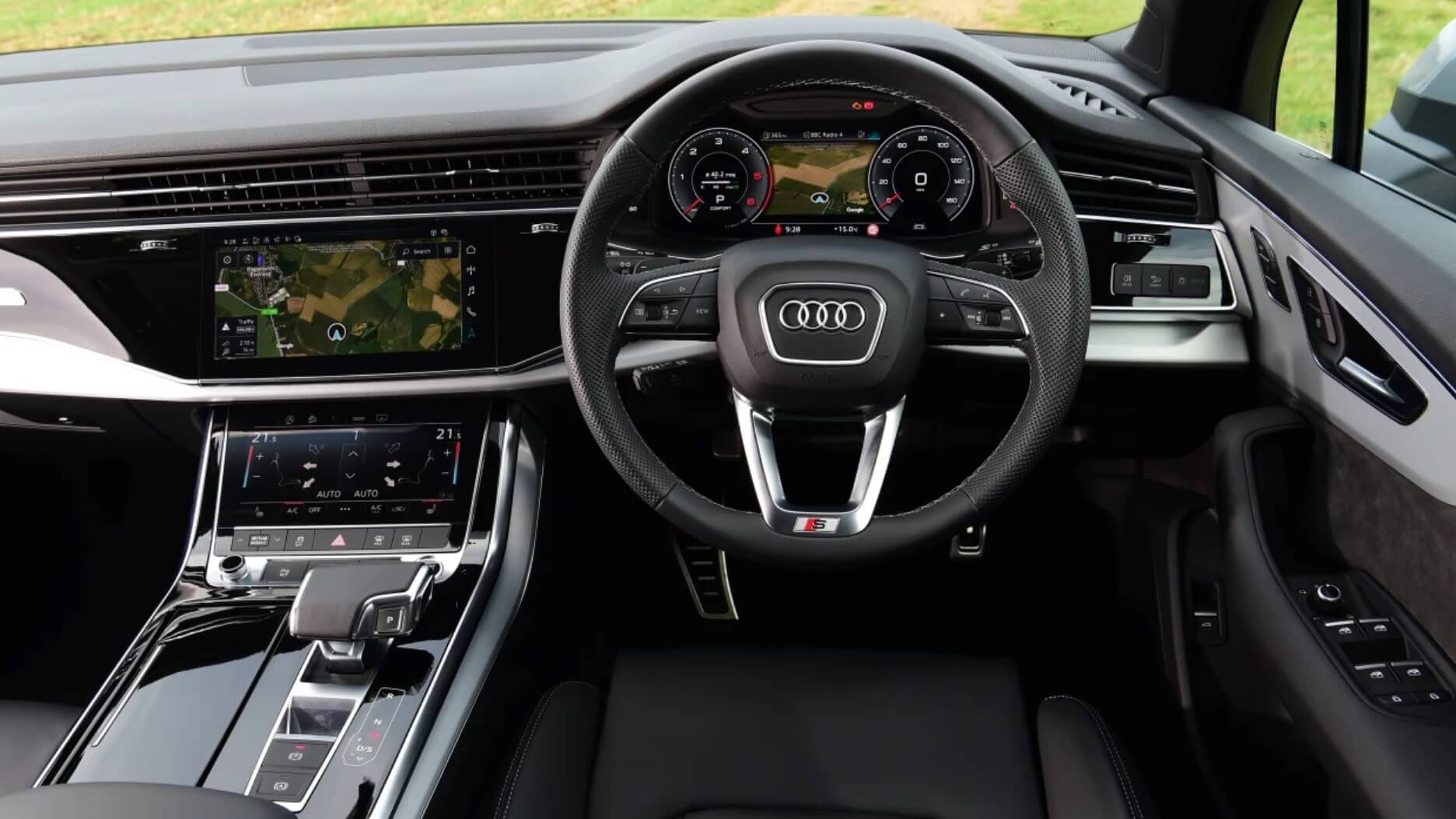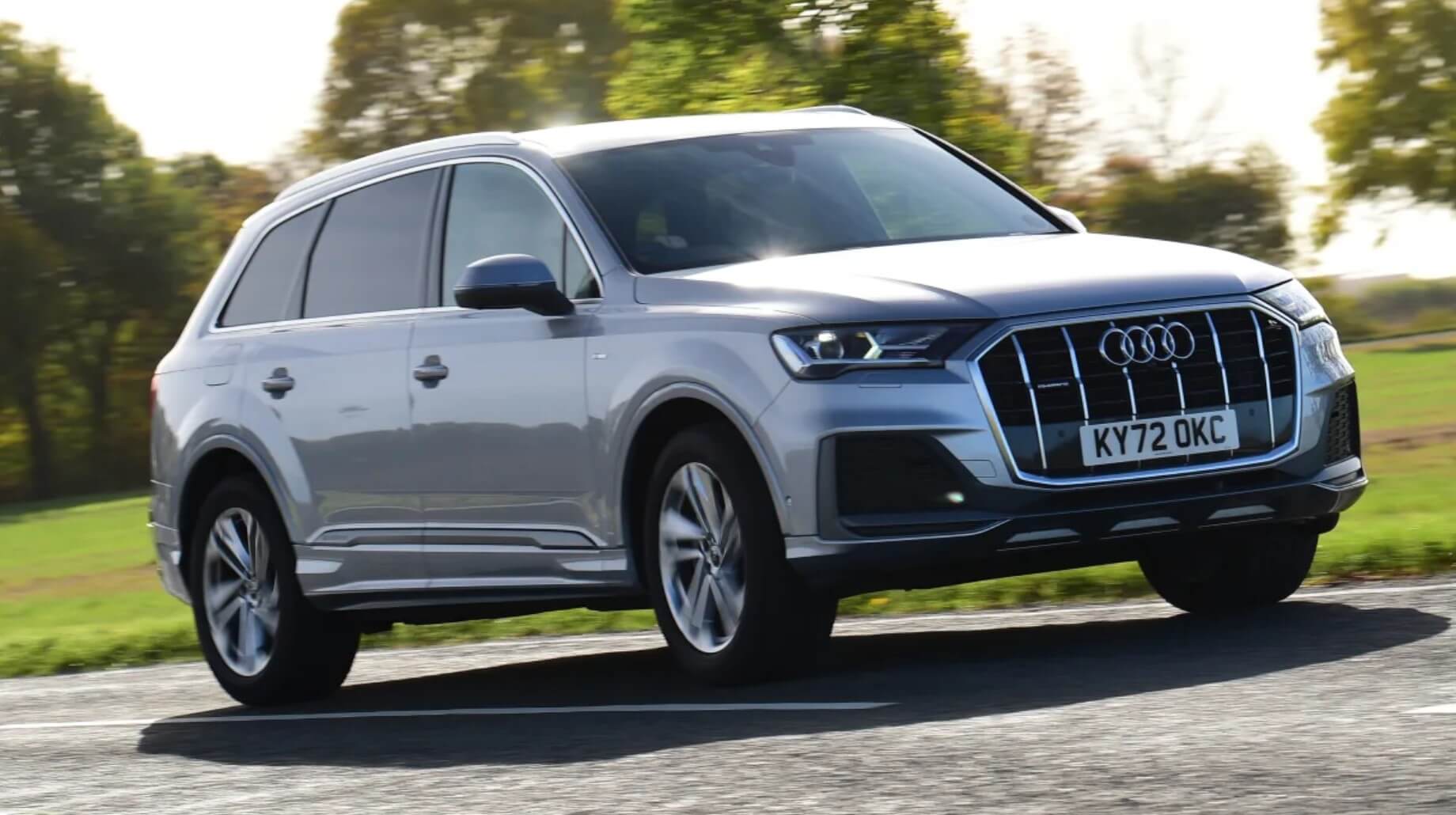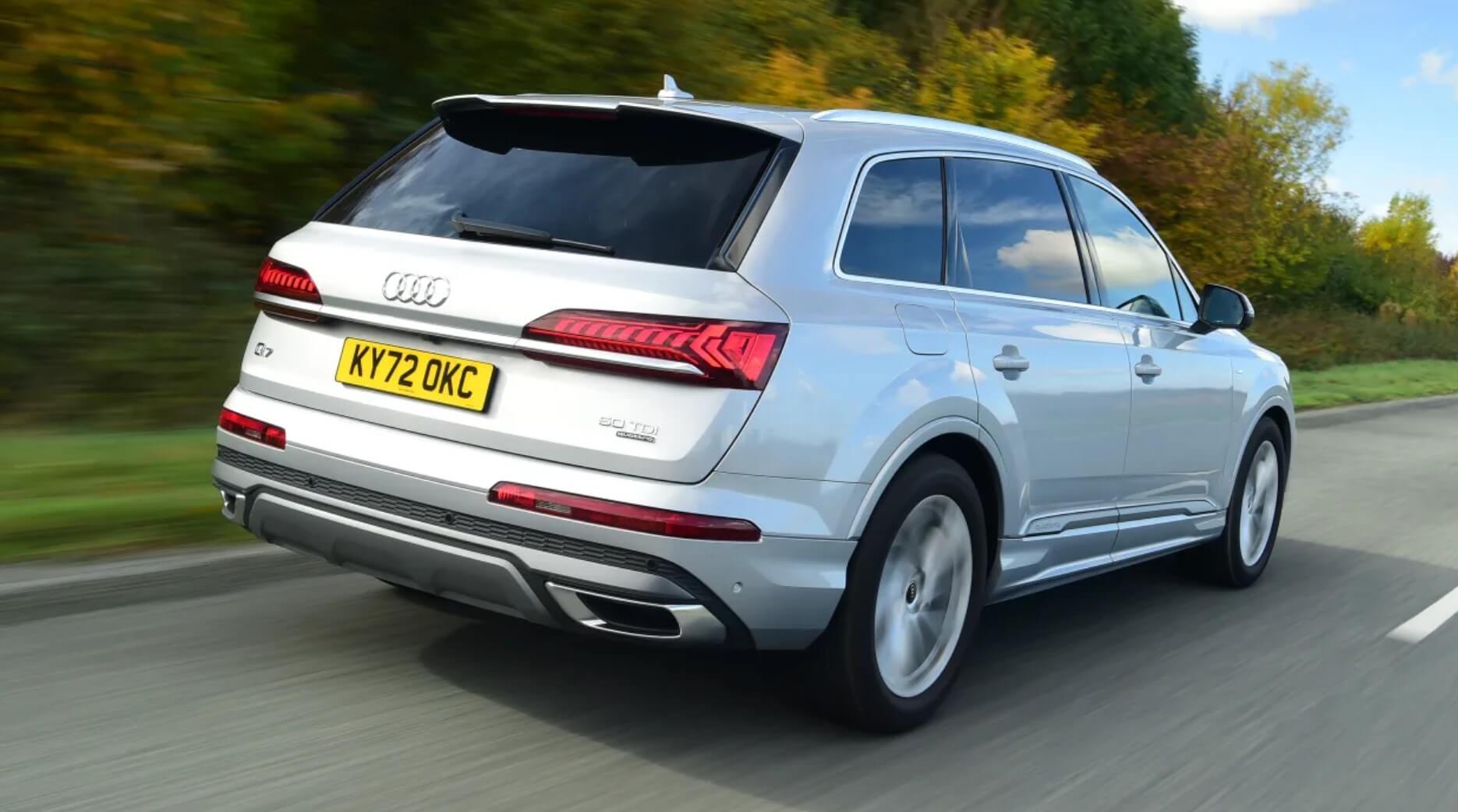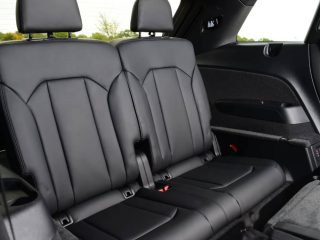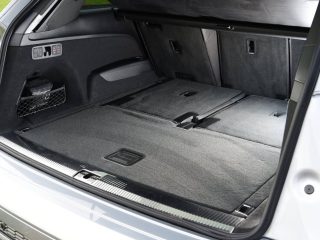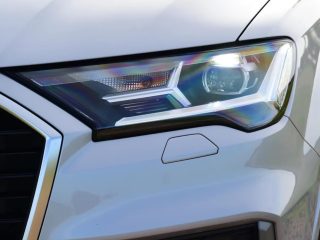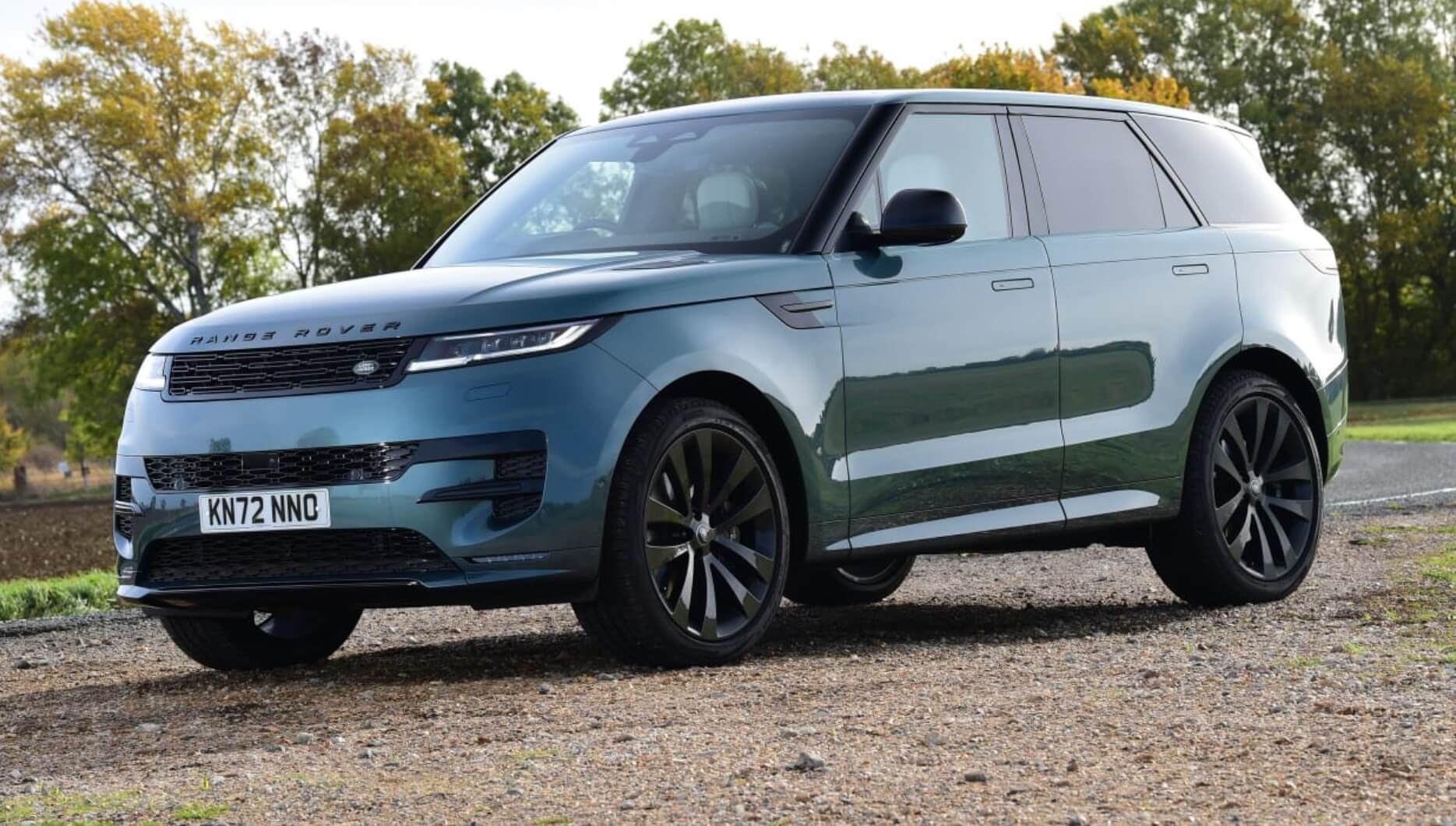Looking for the best luxury SUV to haul the family? We pit the new Range Rover Sport against the Audi Q7 in this premium SUV showdown.
The all-new Range Rover Sport has been revealed and Land Rover reckons that the bigger model is smarter and even more luxurious than its predecessor. In other words, there’s plenty to look into to see just how much better the latest version really is.
It seemed appropriate, then, to gauge just how far the brand has come by arranging a face-off against Audi’s finest offering in the segment, the Q7 – mechanically similar to the Q8, but with a more traditional (and practical) SUV shape.
There’s plenty new to dive into with the latest Range Rover Sport, but are the changes enough to overcome the might of Audi? Here we’re testing the Q7 in 50 TDI diesel form against the Range Rover Sport D300 Dynamic SE. (The car in these pictures taken by our UK colleagues is a V8 model.)
Pricing before on-road costs
- Range Rover Sport D300 Dynamic SE – $151,026
- Audi Q7 50 TDI S Line – $127,400
Range Rover Sport road test
Land Rover believes that this third-generation Range Rover Sport is better than ever before. It’s certainly bigger than its predecessor; at almost five metres long, more than two metres wide (even with the mirrors folded) and 1.8 metres tall, it’s enormous.
The design is a clear evolution of the old car’s, and rather than reinventing its looks, the focus has been on refining the details. The door handles sit flush like the smaller Velar’s, for example, and the door seals are integrated within the bodywork. The result is a much smoother, almost concept car-like appearance; one which certainly gives off the impression of luxury more convincingly than its rival here.
That continues inside, where the latest design looks and feels both hi-tech and sumptuous. There are lashings of leather on view, and even on the odd occasion that you do find some plastic, it tends to look and feel solid. There are some clever design touches here, too. The wireless charging tray, for example, is nestled neatly underneath the touchscreen, and most of the switchgear is logically laid out. Controls such as the column stalks feel very sturdy.
There is some room for improvement, however. Some testers found that the steering column didn’t offer enough reach adjustment, and the digital dials are too reclined for all but the very tallest drivers.
Under the skin the Sport has a variation of the Premium Lightweight Architecture used by the full-size Range Rover. That means there’s an all- aluminium monocoque, and the ability to house a range of powertrains with varying degrees of electrification. In addition to a supercharged V8 and plug-in hybrid, there’s also the D300 3.0-litre diesel that we’re driving here. It produces 221kW and a healthy 650Nm of torque.
Ultimately, the Range Rover Sport is a 2.3-tonne, high-riding SUV, so calling it ‘Sport’ is optimistic. Still, the engineering team has done a solid job; it corners fairly competently, feeling stable and predictable. Push too hard, and the front end will wash wide, but always in a progressive way.
The six-cylinder engine is sweet: It’s smooth, with only a subtle grumble when accelerating and it will take a keen ear to figure out that it’s a diesel. It pulls strongly under load, and moves the Sport from 0-100km/h in 6.6 seconds – not a bad achievement for such a heavy vehicle.
The eight-speed automatic transmission shifts smoothly, but it feels lazy when moving away from a standstill. This means that you may try to compensate by applying more throttle than you need, causing the car to surge forward more quickly than intended. It’s certainly a quirk that takes some getting used to.
For a vehicle that’s almost five metres long and 1.8 metres tall, it’s no surprise to discover that the Range Rover Sport is fairly spacious. There’s not quite as much room in the back as you might expect, though. The Audi, for example, offers just a little more head and kneeroom than its rival, although the Range Rover’s rear quarters do feel more luxurious.
At 657 litres, the Range Rover’s boot is certainly vast, though. Unlike the Audi’s, there’s space below the floor for a spare wheel, too, which comes as standard. Fold the back seats down, and the overall volume grows to 1860 litres.
The warranty period for the Range Rover Sport is 5-years/unlimited kilometres.
Audi Q7 road test
The Q7 is ahead when it comes to price, with almost $15,000 in change compared to the Range Rover Sport which goes some way toward covering the cost for some options if you fancy. However, it’s certainly an older model compared to the new Range Rover Sport.
While the second-generation Audi Q7 arrived in 2015, a mid-life update in 2020 introduced revised looks and improved cabin tech to help boost its appeal. The Audi’s exterior detailing looks a little busier than the Range Rover Sport’s, but it’s undoubtedly imposing.
Inside, it’s not busy as such, but somewhat clinical in this company. However, it’s still a very clean and uncluttered design, and one which, following its facelift, doesn’t really lag behind the Sport when it comes to tech, either. There are three large digital displays up front; two are touch-sensitive, with the lower 8.6-inch unit dedicated to the climate control functions. The driving position is great, although not quite as commanding as the Range Rover Sport’s. Here, you peer above most traffic, but in its rival you’re eye-level with van drivers.
The MLB architecture beneath the Q7’s skin is shared with everything from the Volkswagen Touareg to the Bentley Bentayga and Lamborghini Urus, so the Audi certainly has the basics to compete with the best luxury SUVs around. As with the Range Rover Sport, air suspension is standard throughout the range, while this diesel model also comes with mild-hybrid tech to boost fuel efficiency. The engine itself is a 3.0-litre V6; producing 213kW and 600Nm, it’s 8kW and 50Nm down on the Range Rover Sport’s, but the Q7’s 2165kg kerbweight is also 150kg less.
With a slightly lower driving position than the Range Rover Sport’s, the Q7 feels a little less like it’s battling the laws of physics through the corners. Despite this, though, it doesn’t feel any more agile, nor does the steering inspire as much confidence. Grip levels are fine, and the Audi turns through the corners neatly without being fun – although that’s hardly the point for a car like this.
Diesel is falling out of fashion as a power source for the latest production cars, but the six-cylinder unit in the Audi proves that it’s still worth considering in large SUVs such as this. It helps the Q7 pip the Range Rover Sport from 0-100km/h by one tenth of a second, at 6.5 seconds, and the power delivery is smooth, providing a constant surge throughout the rev range. It even sounds fairly tuneful by diesel standards, too, yet its voice subsides nicely when not under load.
The eight-speed transmission still needs a little help to overcome the car’s mass when moving off, but it’s not as lazy as the Range Rover’s transmission. Audi’s mild-hybrid tech works imperceptibly, too, with the engine cutting out and firing up again near-instantly when shuffling around town.
There’s one key difference between the Range Rover Sport and the Audi Q7, because for this generation Land Rover is only offering the Sport as a five-seater. The Q7’s two rearmost seats add another level of versatility, and are reasonable for adults over short journeys, while kids will be absolutely fine back there.
Whether you use them or not, boot capacity is very generous in the Audi. In seven-seat mode, a 295-litre volume is roughly what you’d get in a typical supermini, while if you only need to hold five occupants, that number jumps to an enormous 770 litres. With just two seats in place – an easy process thanks to electrically folding chairs – cargo volume is a van-like 1955 litres. There’s a completely flat floor, too.
That it can offer this much storage space, and two seats more than the Range Rover Sport, yet still be more spacious in the middle row, is most impressive of all. If you want to use the sixth and seventh seats, those sitting ahead will need to sacrifice just a little space by sliding the seat forward, though. The centre seat is fairly firm, but it is individual, and it’s still comfortable enough for an adult.
Cubby spaces aren’t in short supply, with two large cup-holders in the centre console, a small bin just behind, plus a roomy glovebox and door bins.
The Audi Q7 is covered by a 5 years/unlimited kilometreswarranty, matching what Land Rover offer
Verdict
First place: Range Rover Sport
On a technical level, the Range Rover Sport is a huge hit for Land Rover. The fact that across the board – whether it be ride, handling, performance or refinement – this vast SUV manages to deliver so much sophistication is impossible not to admire. That it can do all this while remaining both peerless off road and sumptuous inside cements its place as one of the best luxury 4x4s on sale today.
Second place: Audi Q7
The Q7 deserves a huge amount of credit for the fact that, even after seven years on sale, it’s still so accomplished in so many areas. It’s almost as comfortable as the Range Rover Sport, it’s better packaged inside and the Audi’s diesel engine is very strong. It can’t quite reach the same heights of refinement, though, nor does its cabin feel quite as special or as luxurious – but credit for the seven seats, which may be what sways some buyers.




